Practise subtracting multiples of 100 using place value disks with an interactive drag-and-drop activity.
New to Using Place Value Disks for 3-Digit Subtraction?
Subtracting with place value discs is a hands-on method of teaching subtraction using physical manipulatives called place value disks. Place value disks represent the different place values in our number system, such as ones, tens, hundreds, etc.
Using place value disks allows students to visually and physically understand the concept of subtraction by manipulating the disks to represent numbers and perform the subtraction operation. Similar to MAB blocks, the place value disk is an easy-to-use, easy-to-understand option for modelling subtraction with and without regrouping.
The Perfect Starter Activity for Introducing Place Value Disks
This digital interactive resource is the perfect activity for those first introductions to the world of place value disks. This drag-and-drop interactive provides students with a multitude of opportunities to practice manipulating place value disks to subtract multiples of 100 from three-digit numbers.
With a fun cowboy theme, this interactive activity encourages students to get to know this handy tool by completing the following types of interactions.
- Matching subtraction expressions to their place value disk models
- Modelling and crossing off place value disks to subtract
- Read and determine if statements are true or false in relation to visual subtraction models.
- Writing equations to match place value disk models.
- Solving subtraction word problems using place value disks.
- Writing equations to match 3-digit subtraction word problems.
Download and Print Your Place Value Disk Subtraction Activity
You’re just a click away from getting your new resources! Use the dropdown arrow on the Download button to select the Editable Google Slides resource file or PowerPoint Slide Deck.
This resource was created by Lorin Davies, a Teach Starter Collaborator.
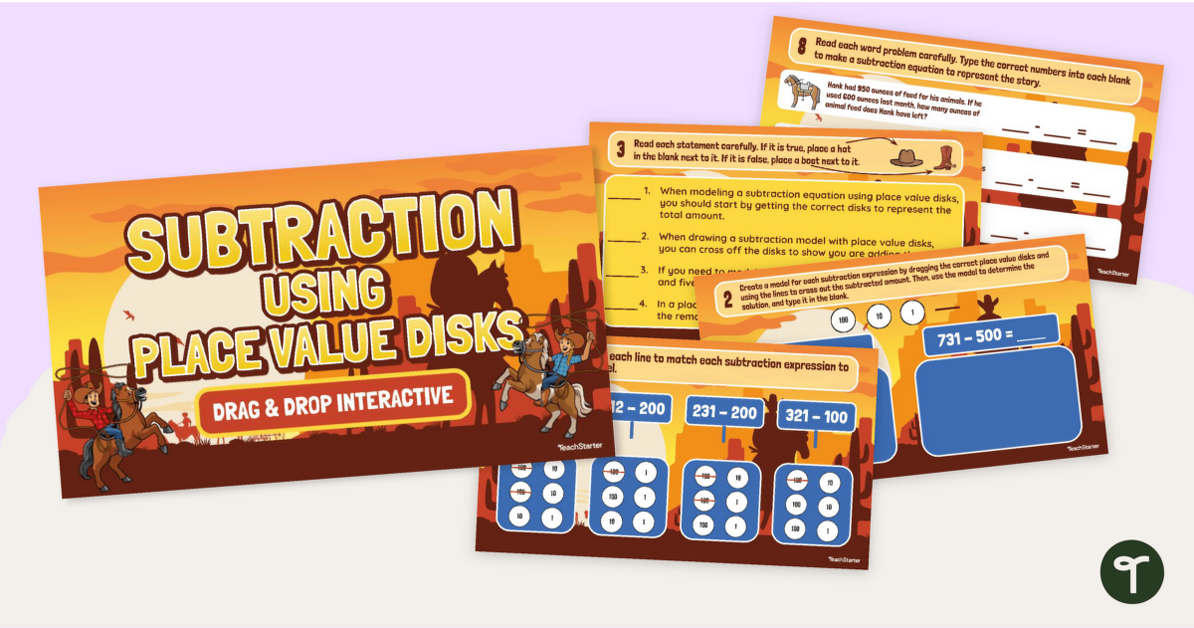

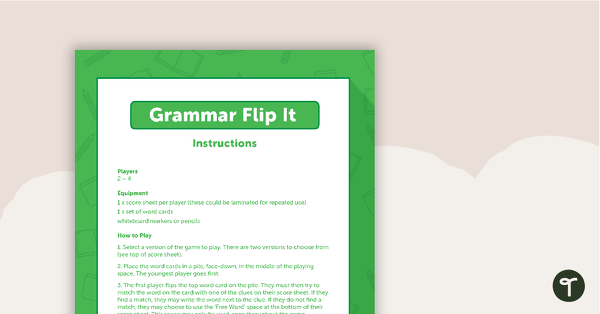
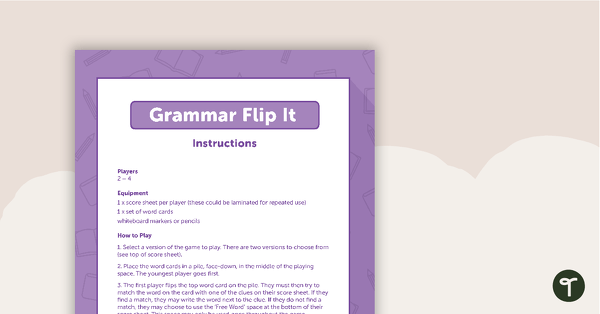
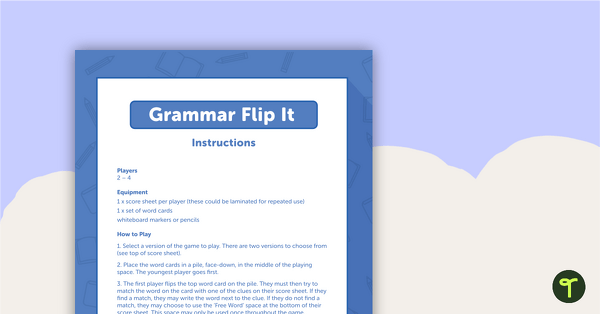
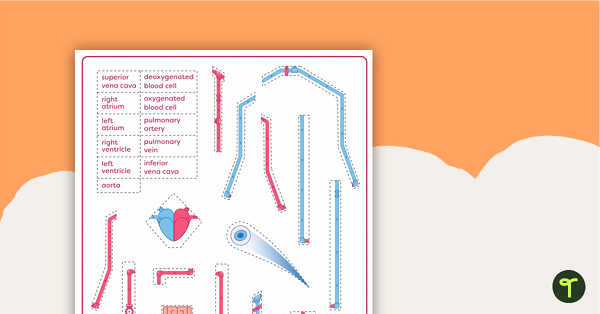
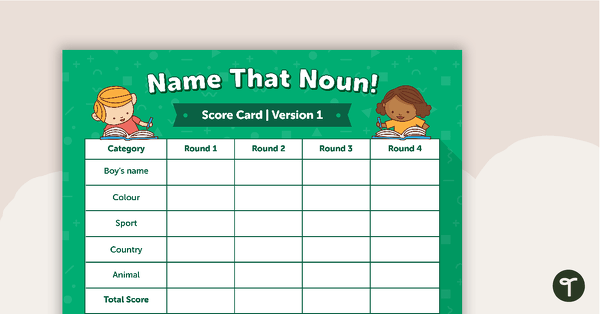
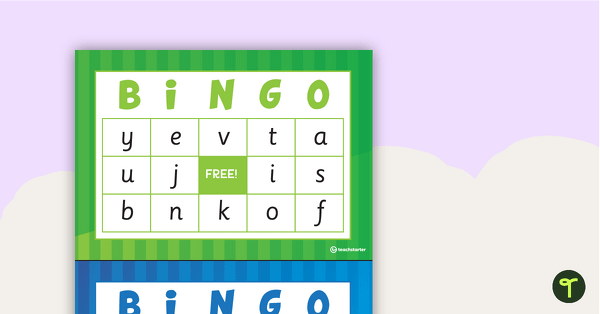


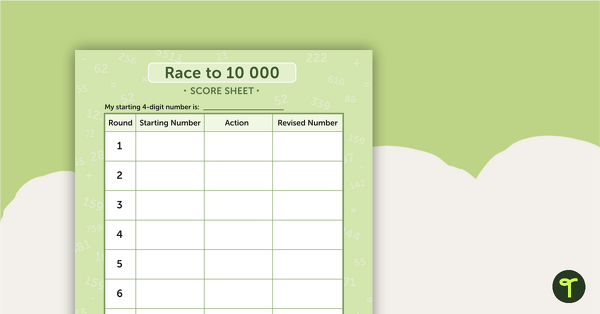
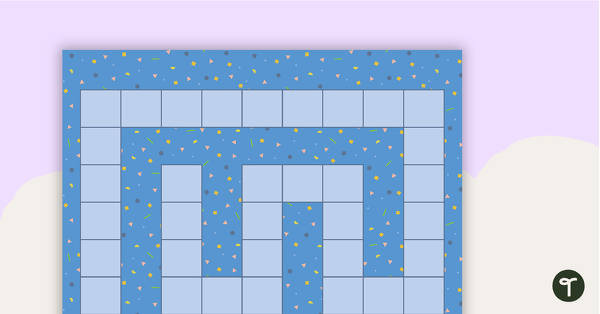
0 Comments
Write a review to help other teachers and parents like yourself. If you'd like to request a change to this resource, or report an error, select the corresponding tab above.